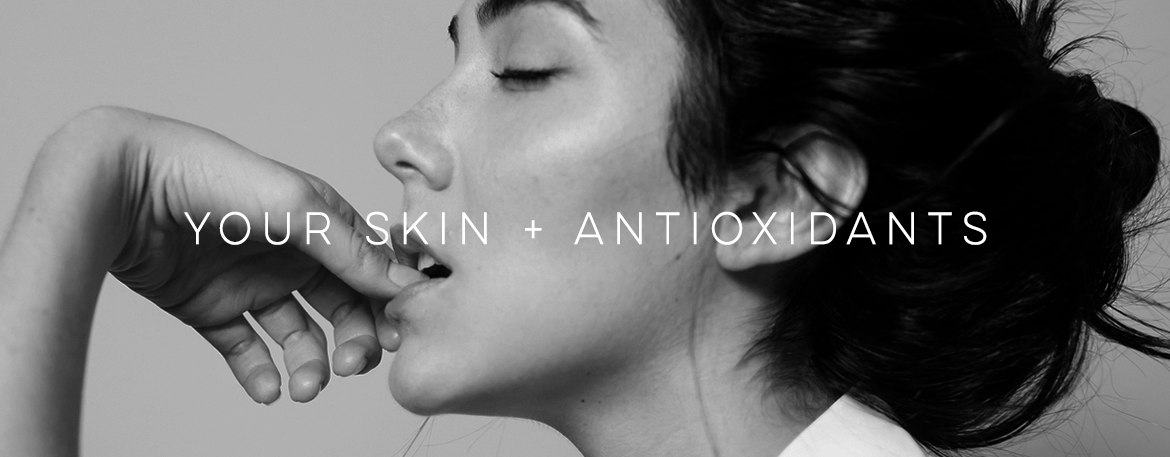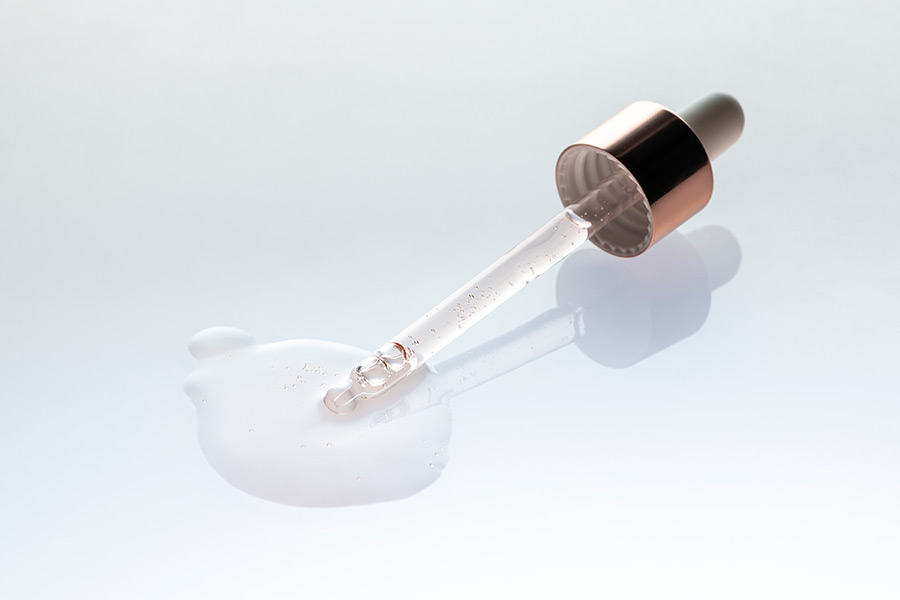Skin Ageing Through Visible Light
By Dr Alek Nikolic
We are all aware that sun damage through UV exposure is a contributing factor to skin ageing and increased risk of cancer. That is why the use of sunscreen to help protect and even delay UV skin damage is now a gold standard skin care application.
However very few of us are aware of the vital role that antioxidants play in skin care, not only in protecting us from UV light but also from the much more damaging effects of visible and infrared light. Sunscreen on its own is not enough so antioxidants in skin care should be a vital addition to our morning and evening skin care regimes.
Numerous studies have shown that light can be classified into three broad groups, and that each of these groups cause changes and damage to the skin contributing to early ageing, wrinkle formation, loss of collagen and elastin, rough texture and a lack lustre appearance.
Did You Know?
Visible light wave lengths include light emitted from computer and laptop screens, cell phones and TV screens.
Light Wavelengths
To understand the importance of visible light we need to know how wave lengths work, how much exposure they contribute to the skin and what effect sunscreen has on them:
- Ultra Violet (290–400 nm) component of solar irradiation on the skin comprises roughly 3–7% of UV radiation or exposure
- Visible light (400–700 nm) comprises roughly 44% of radiation or exposure
- Infrared radiation (700–1440 nm) comprises roughly 53% of radiation or exposure
Sunscreen Fact:
“Commercial sunscreens are designed to only block wavelengths up to 380 nm, and as a result skin with only a topical sunscreen application is not protected from the effects of visible light or infrared.”
Considering that 44% of radiation or exposure is derived through visible light we need to add other topical modalities like antioxidants to our skin regime. Skin exposure to visible light causes increases in epidermal reactive oxygen species and induces production of various proinflammatory proteins in the skin (cytokine and MMP).
“Very simply put visible light causes free radicle and DNA damage in the skin cells which leads to early ageing.”
Top 5 benefits of antioxidants in skin care products:
- Anti-inflammation
- Skin firming
- Reduced appearance of wrinkles
- Scar treatment
- Repair of sun damage
How to add antioxidant protections to your skin care regime:
Your morning regime
My two favourite antioxidant ingredients for the day are Vitamin C and Vitamin E. Numerous studies have demonstrated the effectiveness of both vitamins against free radicle skin damage. Once Vitamin E has neutralized a free radicle it unfortunately becomes inactive but when vitamin C is added in the skin care regime, it regenerates or reactivates the Vitamin E to carry on it’s free radicle fighting ability. What a powerpacked pair!
Vitamin E Key Benefits:
- Soothes skin (emollient)
- Neutralizes free radicals (antioxidant)
- Protects lipids from oxidation
Vitamin C Key Benefits:
- It firms skin and makes it look younger
- It helps reduce fine lines and wrinkles and slows down skin ageing
- It increases the skin’s defence against UV damage and even boosts SPF effectiveness
- It helps reduce hyperpigmentation, dark marks and blemishes, and increases skin’s glow
- Neutralizes free radicals (antioxidant)
Your evening regime
Resveratrol has emerged as a powerful antioxidant for the skin with numerous other added benefits. Resveratrol is found in red grapes, red wine, nuts and certain berries (blueberries and cranberries). When applied topically it has specific skin benefits.
Resveratrol Key Benefits:
- It helps protect the skin’s surface
- It neutralises environmental free radicle damage
- It brightens tired-looking skin
- It also has skin-calming properties that helps reduce inflammation and redness
I hope I’ve succeeded in convincing you that it is vital to add antioxidants to your skin care regime. Antioxidants will not only help your sunscreen protect your skin but will also rejuvenate and improve the health of your skin.
Yours in skin
Dr Alek Nikolic
References:
- Coll Antropol. 2010 Sep;34(3):1145-53. Modern approach to topical treatment of aging skin. Puizina-Ivić N1, Mirić L, Carija A, Karlica D, Marasović D.
- J Drugs Dermatol. 2016 Apr 1;15(4):476-82. ttp://www.ncbi.nlm.nih.gov/pubmed/27050703 An Open Label Clinical Trial to Evaluate the Efficacy and Tolerance of a Retinol and Vitamin C Facial Regimen in Women With Mild-to-Moderate Hyperpigmentation and Photodamaged Facial Skin. Herndon JH, Jiang LI, Kononov T, Fox T.
- Pak J Pharm Sci. 2014 Mar;27(2):233-7. http://www.ncbi.nlm.nih.gov/pubmed/24577907 The effect of Centella asiatica, vitamins, glycolic acid and their mixtures preparations in stimulating collagen and fibronectin synthesis in cultured human skin fibroblast.
- 2013; 2013: 930164. Published online 2013 Sep 12. doi: 10.1155/2013/930164 Skin Photoaging and the Role of Anti-Oxidants in Its Prevention




